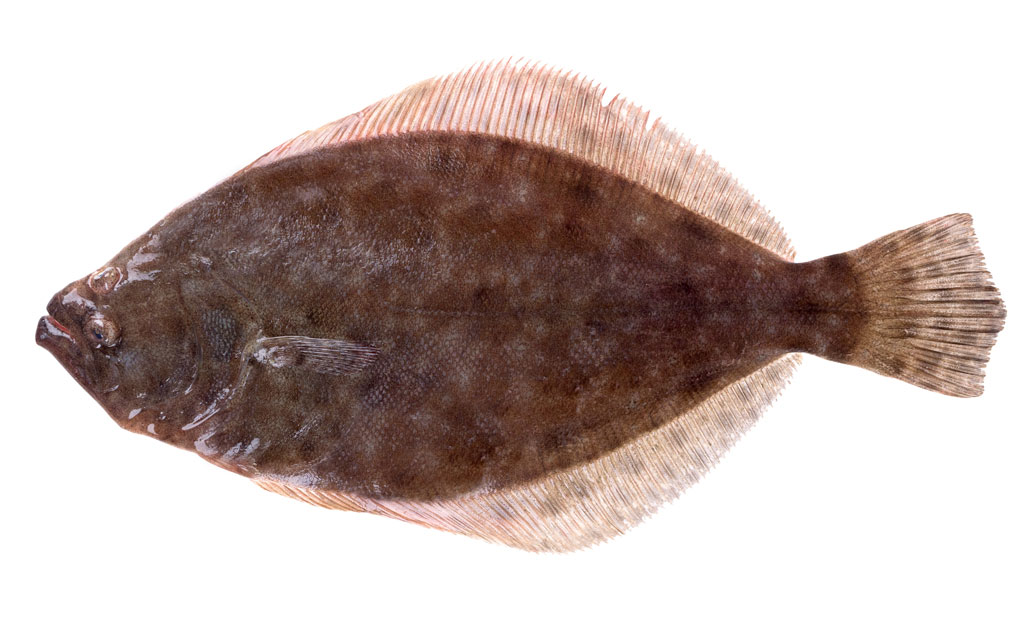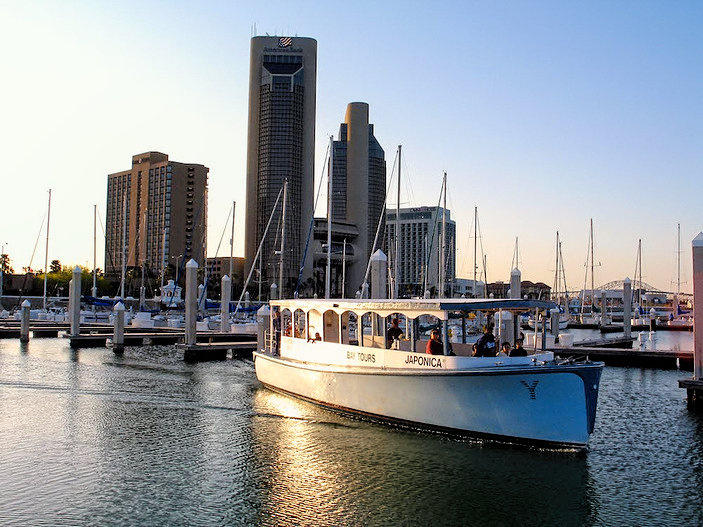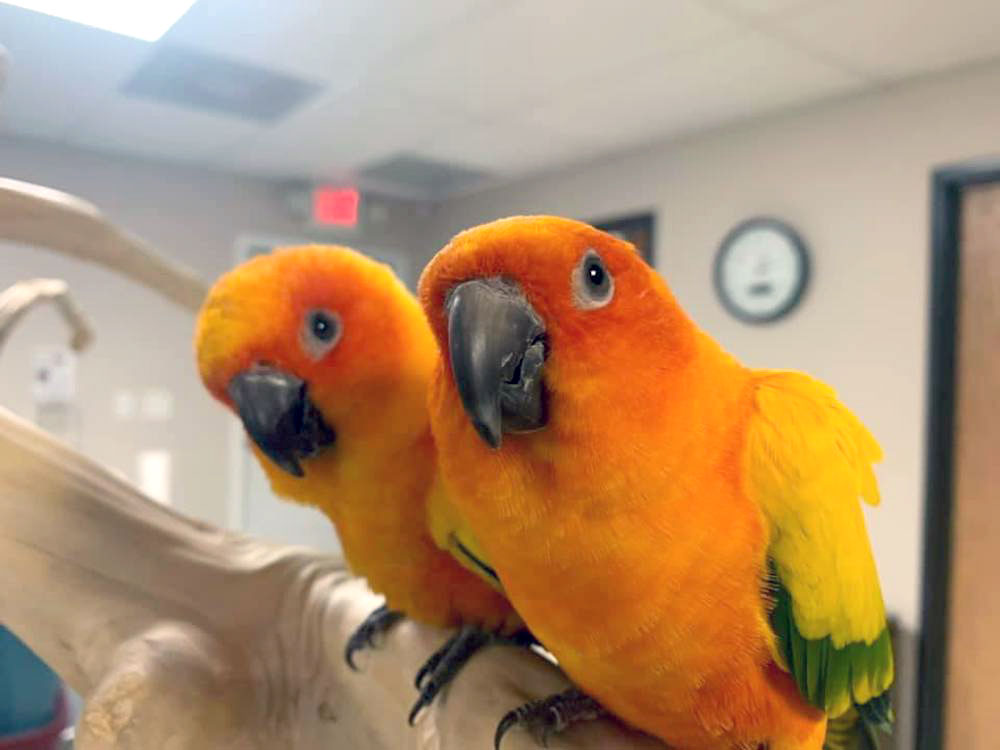
From the Gulf of Mexico to your dinner plate, brown shrimp are being harvested after a 60-day resting period for the shrimping industry. The closing of the season from May 15 to July 15 each year gives the browns time to grow to a good eating size.
Commercial shrimping season in the Gulf of Mexico reopens July 15 after two months on hiatus. The season for harvesting shrimp from the Gulf regularly closes for at least 60 days a year to allow the brown shrimp population to grow during their migration periods.
Both the closing and opening dates are determined by shrimp spawning, migration cycles, and samples collected by the Coastal Fisheries Division of the Texas Parks and Wildlife Department. Samples are taken with trawls and bag seines. Information collected from the shrimping industry is also taken into consideration to keep the shrimp population in the Gulf of Mexico healthy.
“The goal is to provide shrimp of a size that are more valuable for the shrimping industry while ensuring sustainable stocks in the future,” said TPWD’s Coastal Fisheries Division Director Robin Riechers.
The closure applies to waters from the coastline out 9 nautical miles, where the National Marine Fisheries Service has jurisdiction. Federal waters were closed to align with the Texas closing May 15 and will reopen in conjunction with the Lone Star State’s dates as well. Closures last no longer than 60 days unless further testing indicates the population is not strong enough to sustain harvest.
Named for their color, brown shrimp have dark grooves on the back of their shells.
They are the most common species in the Gulf, where they spawn before moving into the bays and estuaries to mature. A female shrimp releases 100,000 to 1 million eggs, which hatch within 24 hours. A slave to water currents and winds, the young larvae are carried into the bays and estuaries — the nurseries of the seas — where they are better protected from predators.
Once they reach 3-5 inches long, they migrate back to the Gulf for their own turn at spawning. Once in the Gulf, the mature shrimp are there to stay. A shrimp that doesn't end up as dinner can live for two years in the Gulf before dying off.





